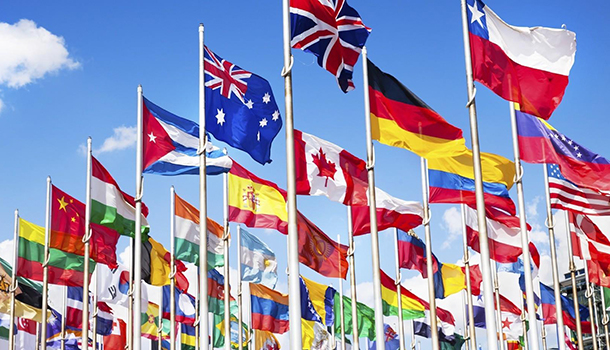
In our interconnected world, communication knows no borders. An International Short Message Service (SMS) message, commonly known as an international SMS, is a text message sent between mobile phones across different countries. This form of communication allows individuals and businesses to exchange information, greetings, or updates globally, transcending geographical constraints.
Key Characteristics of International SMS Messages
**1. Global Reach and Recipients
The defining feature of an international SMS is its ability to reach recipients in different countries. Whether you’re in New York sending a message to Tokyo or in Mumbai communicating with London, international SMS facilitates direct communication without the need for traditional mail or email.
**2. Cross-Border Communication
International SMS messages enable cross-border communication, bridging the gap between individuals and businesses separated by vast distances. This is particularly valuable for maintaining connections with friends and family abroad or conducting business with international clients and partners.
**3. Text-Based Communication
International SMS is primarily text-based, allowing users to send concise messages using alphanumeric characters. While multimedia messaging (MMS) can include images, videos, or audio, traditional international SMS focuses on brief, written content.
**4. Swift Delivery
One of the advantages of international SMS is its swift delivery. Messages are typically delivered within seconds, making it an ideal communication method for time-sensitive information or urgent updates.
**5. Cost-Effective Communication
Compared to international phone calls or traditional mail, international SMS is often a cost-effective communication method. Many mobile service providers offer international messaging plans or per-message pricing, making it accessible to a broad range of users.
How International SMS Works
International SMS operates within the global mobile telecommunications network. When a user sends an international SMS, the message is transmitted from the sender’s mobile device to the nearest cell tower. From there, the message travels through the telecommunications infrastructure, which may involve multiple carriers and networks, until it reaches the recipient’s mobile device.
The process of international SMS relies on signaling systems, protocols, and agreements between mobile network operators to ensure seamless communication across borders. These agreements dictate the terms of message routing, delivery, and pricing between the involved parties.
Common Uses of International SMS Messages
**1. Personal Communication
Individuals use international SMS to stay connected with friends and family members who reside in different countries. This form of communication enables the exchange of quick updates, greetings, or important information.
**2. Business Communication
Businesses leverage international SMS to communicate with clients, customers, and partners globally. This can include order confirmations, appointment reminders, or promotional messages tailored for an international audience.
**3. Emergency Notifications
Governments and organizations use international SMS to send emergency notifications or alerts to residents or members who may be traveling or residing abroad. This is a crucial tool for disseminating urgent information rapidly.
**4. Marketing and Promotions
International SMS is employed as a marketing tool for businesses looking to reach a global audience. This can include promotional offers, product launches, or event invitations sent to customers worldwide.
Conclusion
In summary, an international SMS message is a powerful tool for global communication. It enables individuals and businesses to connect with audiences across borders, fostering relationships, and facilitating the exchange of information. As technology continues to advance, the role of international SMS in our interconnected world is likely to evolve, providing even more efficient and innovative means of global communication.
Read More: https://asapmix.com/




